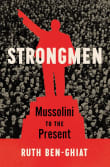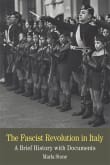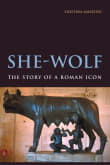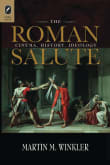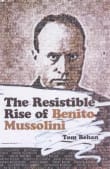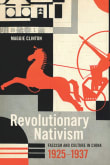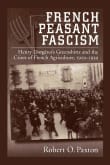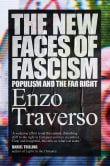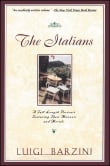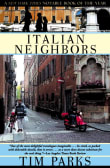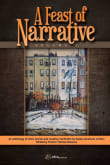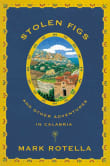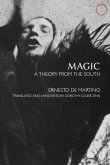Fascist Spectacle
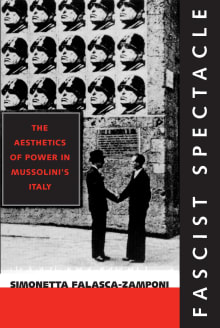
Book description
A cultural history of Italian fascism, this work traces the narrative path that accompanied the making of a regime and the construction of Mussolini's power. The author reads fascist myths, rituals, images, and speeches as texts that tell the story of fascism. Linking Mussolini's elaboration of a new ruling style…
Why read it?
2 authors picked Fascist Spectacle as one of their favorite books. Why do they recommend it?

This is a dazzling mix of theory, sociology, and history. Falasca-Zamponi is attentive to the myths, rituals, festivals and ceremonies, symbols, and recurring images of Italian fascism—and she is attentive, too, to the political power that Mussolini relentlessly drew from such cultural forms.
With tremendous analytical imagination, Falasca-Zamponi unpacks the significance of the fascist salute, Mussolini’s balcony poses, all the axe-and-bundle imagery, those omnipresent black shirts, and the fascists’ distinctive “passo romano” marching style. For me, the heart of the book is its intense analysis of fascist violence as spectacle. Not just spectacle, though. Falasca-Zamponi also makes the case that…
From Joseph's list on the worst sort of politics: fascism.

Still after 25 years, Falasca Zamponi’s work remains the best treatment of Mussolini’s “aesthetic politics” (the author’s term). She shows how his regime painstakingly constructed a symbolic universe to represent and indeed aggrandize its power, which went well beyond mere propaganda and instead created a cultural dynamic with the Italian public. But she also demonstrates how Mussolini, soon after coming into power in October 1922, “began to create the conditions for the demise of the Fascist Party” which he had formed, “and the growth of his own stardom.”
From T.'s list on fascist propaganda.
If you love Fascist Spectacle...
Want books like Fascist Spectacle?
Our community of 12,000+ authors has personally recommended 100 books like Fascist Spectacle.

